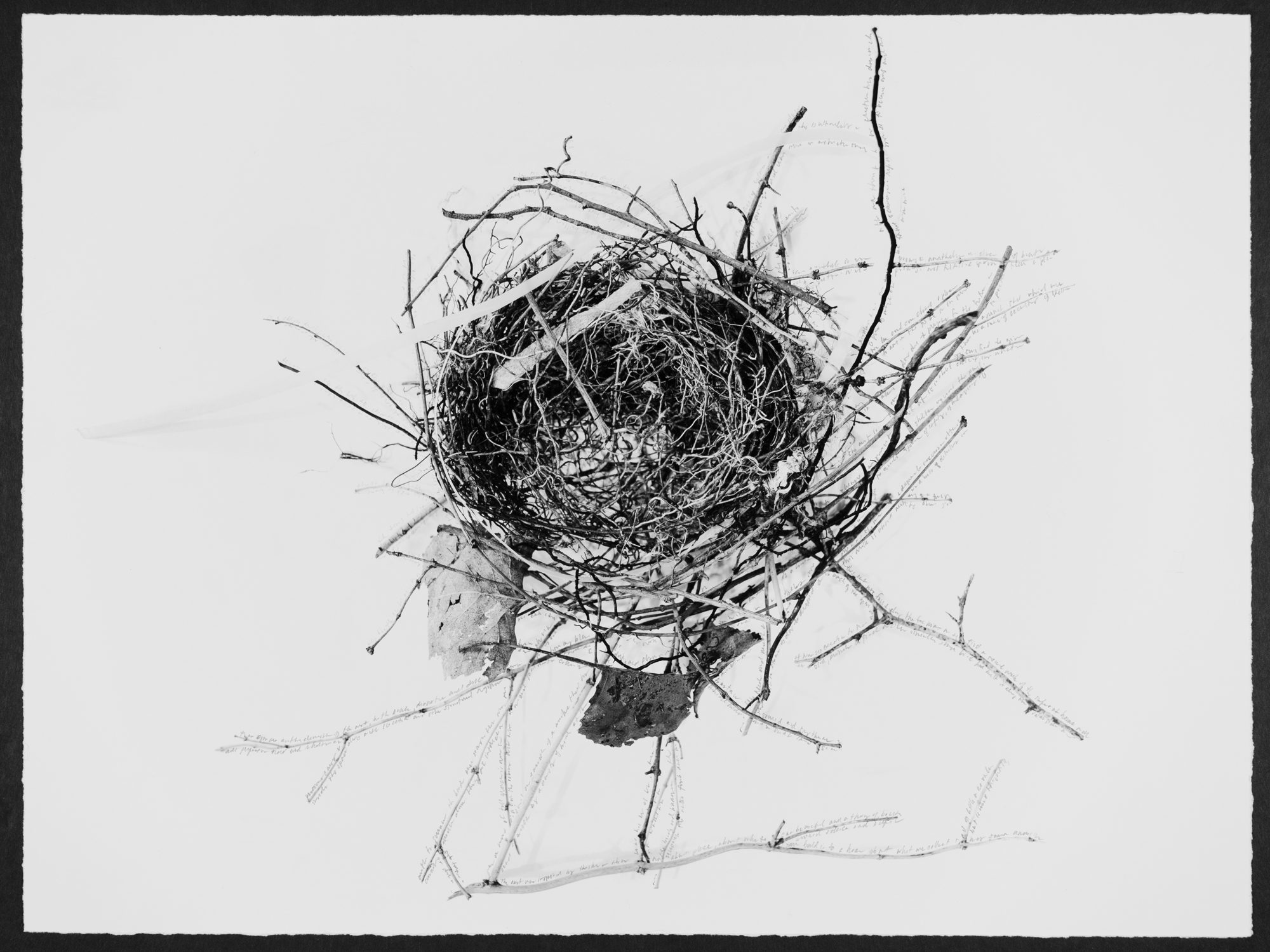
+ + +
The title speaks to the extensive evacuation of eggs by oologists through the mid-20th Century; hints at the fervor of that pursuit, its consequences to the health of our ecosystems, and the disregard for the depletion of species. This work also implicates my personal history – the collected remnants of places I have lived and left; of people I have loved and, in some instances, lost; as well as my own ‘empty nest’ as a woman who chose to not bear children, and what that reveals about me.
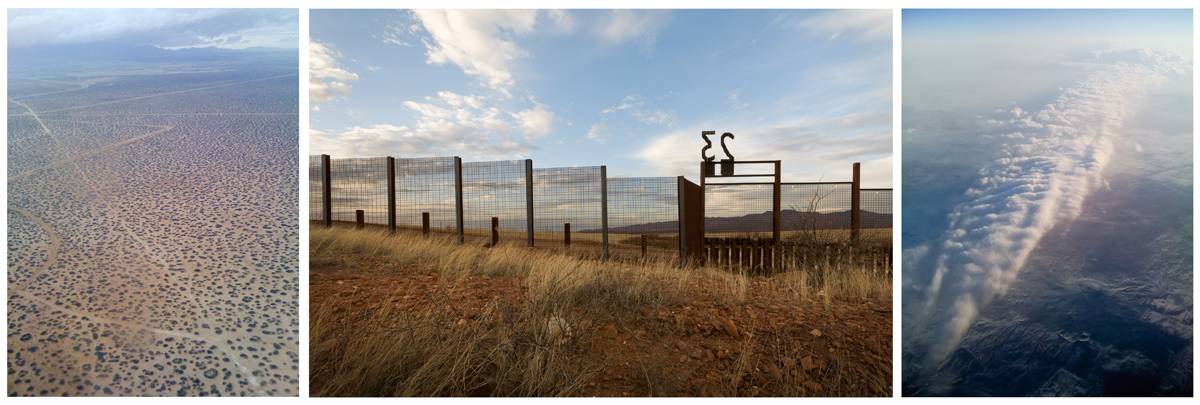
Begun in 2009 - ongoing
coming soon
+ + +

Duel/Dvojina
2014
In their essence these photographs are about longing, belonging, and relationships. Perhaps it is because the love of my life died suddenly and far too soon, or maybe it is simply the voyeur in me - or maybe it is both - nevertheless, there are moments when I am completely absorbed by the coupling of others. The word "Dvojina" derives from the Slovenian language. It is the grammatical
form maintained by only a few modern languages for the plural that is dual, such as any two of something, or a couple. For the Slovenian people this feature of their language is inherently intimate. On the lakeside benches of Bled the relationships that exist between the people who inhabit them are revealed through the language of their bodies
To purchase this book please click here
+ + +
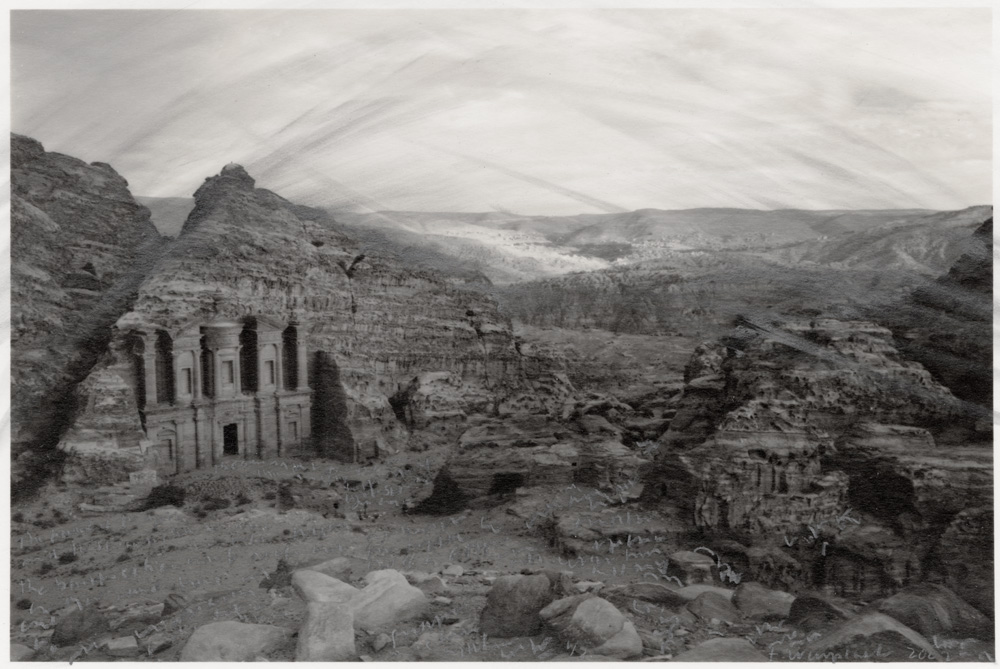
LandMarks
2008- present
Landmarks forges relationships between personal, cultural and natural histories within the larger genre of landscape, or place-based, image-making. With the landscape seen as the embodiment of accumulated histories and experiences the series, Landmarks, functions as a codex chronically the land as palimpsest marked with the inscriptions of human actions. In a body of work that encompasses imagery from Europe, the Middle East, Northern Africa, Australia, Asia and North America, I examine the liminal -- where presence gives way to absence, where the ancient conjoins with the modern, and where the sacred and secular ebb and flow. Thus, the natural world becomes the page, the slate, and the stage upon which culture is enacted.
These silver gelatin film-based photographs are printed to approx. 2.75” X 3.75” and split toned with sepia . They are presented in an 8” X 10” 8-ply bevel mat and hung in sequences of 3-4 images, or in grids of 9 or 12.
+ + +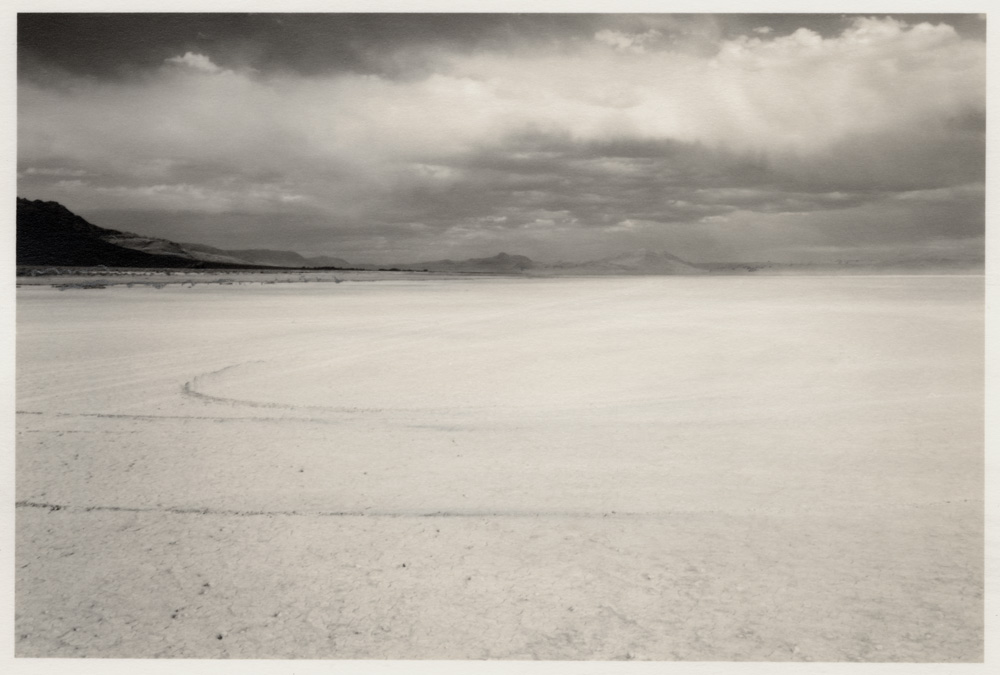
Vanishing Points
1998 - present
Since the Renaissance artists have visually described deep space by defining a horizon line and then establishing vanishing points relative to that line. A vanishing point is that place where parallel lines seem to converge and then disappear altogether. In my work the title, Vanishing Points, refers to this visual strategy - both directly and indirectly - to visual elements receding in space, and also their disappearance over time. In doing so, this work forges a relationship between histories (personal, cultural, and natural) and this visual phenomenon. As I visit, and re-visit certain locales I am compelled to consider the transience of experience - whether I am in what appears to
Begun in 1998, the photographs that comprise Vanishing Points set themselves apart from other ongoing projects through their miniature scale, lack of physical constructive elements and monochromatic palette. Stylistically these photographs were the most purely 'photographic' works in my collection at the time, although many individual pieces in this series incorporate modified textual elements composed on portions of the image. These silver gelatin film-based photographs are printed to approx. 2.75” X 3.75”, are sepia toned and marked upon with graphite and erasure. They are presented in an 8” X 10” 8-ply bevel mat.
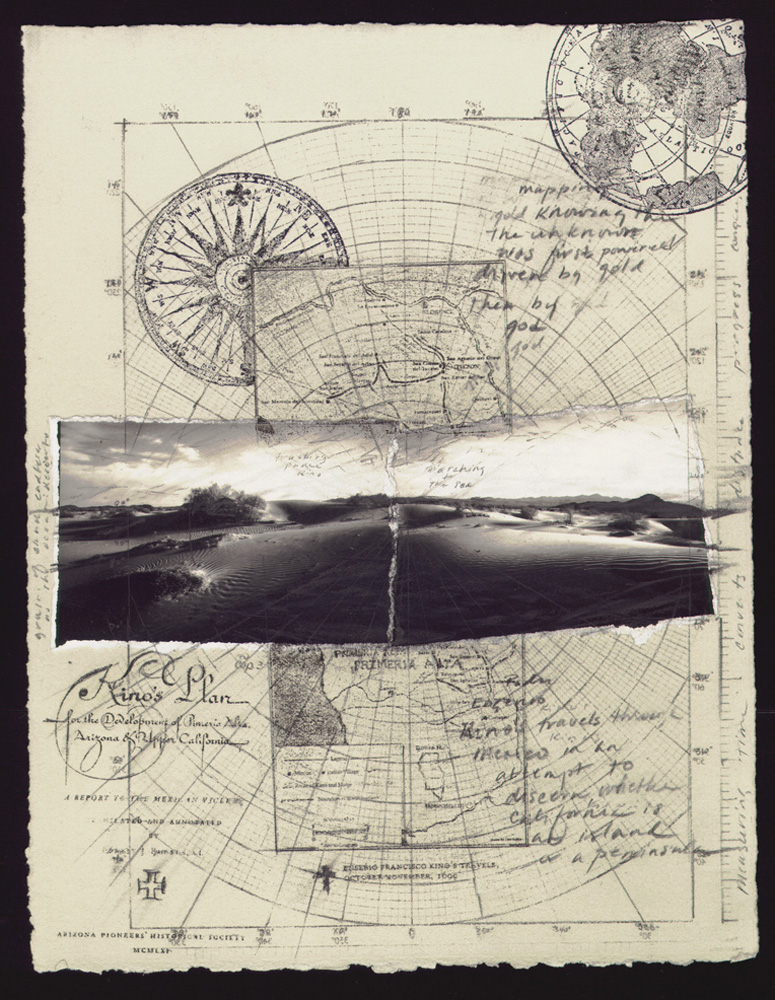
Field Studies
1999-Present
This series is a systems-based response to the land, a group of work that began in 1990. Through deconstruction of the landscape image I attempt to reconstruct it meaning(s), redefine its parts and reevaluate the relationship between the minute and the universal. Imagery based in the natural world is imagery of a living system - in true systems theory all parts of a system have equal value. This work attempts, within the context of landscape photography, to acknowledge that a landscape is indeed an image of a system, and as such is made up of details, each a carrier of meaning.
The nature of this body of work, as is true for much of my creative work, is that it is heavily interdisciplinary and intermedia. Through the mixed media collage form of Field Studies I draw upon a wide range disciplines to provide meaningful connections to the land, tyig in concerns of the scientific, social and humanistic communities. Images rooted in notions of 'landscape' are layered with references to geology, biology, botany, geography, anthropology, history, literature, as well as personal observations and experiences.
+ + +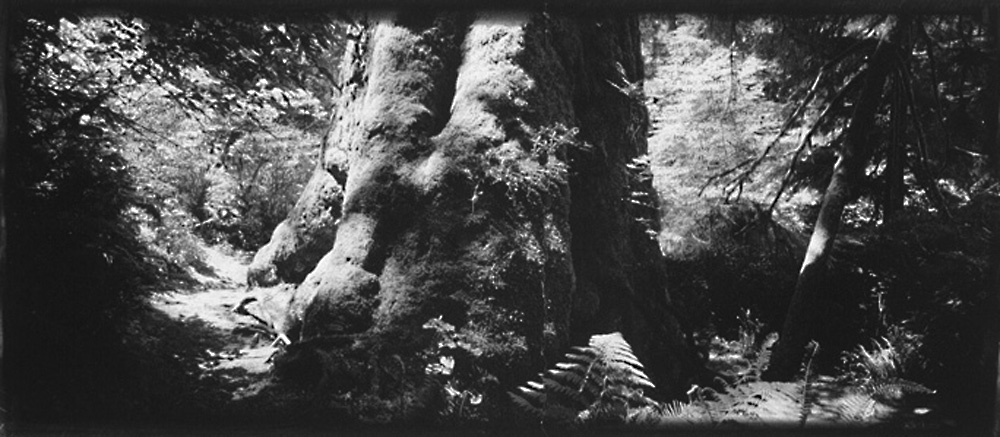
Fragments
1990 - 2009
My creative practice is founded upon extended time 'in the field'. In 1990, while on sabbatical I spent 162 nights outside. I began to notice things I never had before: the rising of the moon 52 minutes later each night; the succession of plants growing throughout one season; the evaporation of water in deep potholes over the course of a summer; the lush re-growth of under-story vegetation shortly after a wildfire seemingly claimed every living thing; the presence of ancient beaches and sea shores on the buttes; and the stratified and folded mountains revealing the manner in which they were formed so long ago. The work in which I began to explore these various manifestations of time in place is the series titled Fragments. These are one-of-a-kind large-scale collages and each one is a composite of multiple photographic negatives and prints. The finished artwork is bas-relief and most include some combination of graphite drawing, text transfers, and selective color from gouache or oil pigments. The portrayal of time may be geological, historical, seasonal, or instantaneous - speaking to the evanescent progression of one moment of sight, or insight, to the next and the ever-changing properties of place.
+ + +
Painted Deserts
1986- 2006
Painted Deserts are limited edition black and white silver gelatin photographs that have been hand-colored with oil pigments. Terri Warpinski was first drawn to the desert to record prehistoricsites in 1986. Since that time she has traveled and photographed throughout the various desert regions in North America, Australia and the Middle East. Warpinski’s photographs are a testament to her passion and appreciation for such environments and the cultures that are associated with them.
+